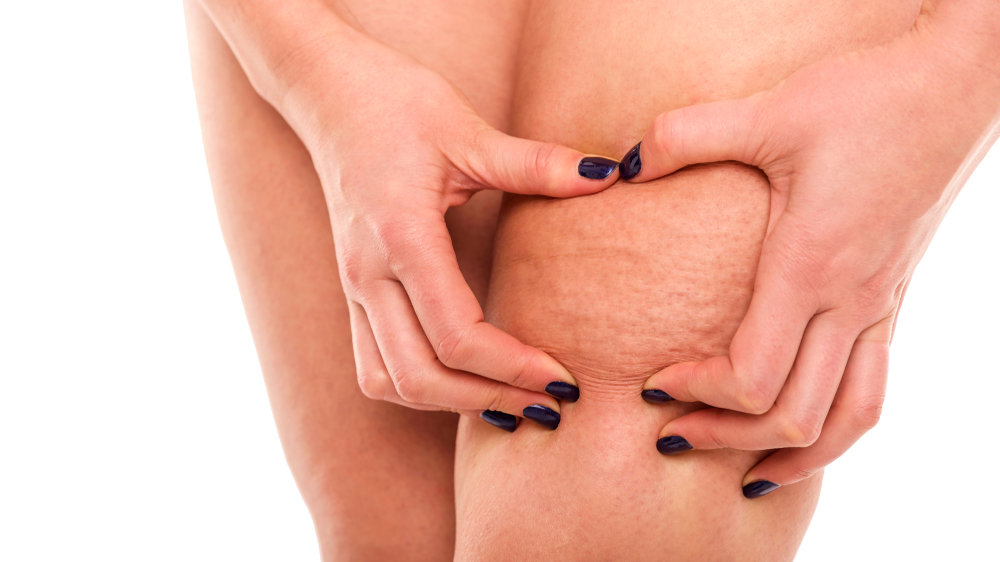
Cellulitis is a common, potentially serious bacterial skin infection. The affected skin appears swollen and red and is typically painful and warm to the touch.
Cellulitis usually affects the skin on the lower legs, but it can occur in the face, arms and other areas. It occurs when a crack or break in your skin allows bacteria to enter.
Left untreated, the infection can spread to your lymph nodes and bloodstream and rapidly become life-threatening. It isn't usually spread from person to person.
Possible signs and symptoms of cellulitis, which usually occur on one side of the body, include:
Cellulitis occurs when bacteria, most commonly streptococcus and staphylococcus, enter through a crack or break in your skin. The incidence of a more serious staphylococcus infection called methicillin-resistant Staphylococcus aureus (MRSA) is increasing.
Although cellulitis can occur anywhere on your body, the most common location is the lower leg. Bacteria are most likely to enter disrupted areas of skin, such as where you've had recent surgery, cuts, puncture wounds, an ulcer, athlete's foot or dermatitis.
Animal bites can cause cellulitis. Bacteria can also enter through areas of dry, flaky skin or swollen skin.
Your doctor will likely be able to diagnose cellulitis by looking at your skin. In some cases, he or she may suggest blood tests or other tests to help rule out other conditions.
Cellulitis treatment usually includes a prescription oral antibiotic. Within three days of starting an antibiotic, let your doctor know whether the infection is responding to treatment. You'll need to take the antibiotic for as long as your doctor directs, usually five to 10 days but possibly as long as 14 days.
In most cases, signs and symptoms of cellulitis disappear after a few days. You may need to be hospitalized and receive antibiotics through your veins (intravenously) if:
Usually, doctors prescribe a drug that's effective against both streptococci and staphylococci. It's important that you take the medication as directed and finish the entire course of medication, even after you feel better.
Several factors put you at increased risk of cellulitis:
Recurrent episodes of cellulitis may damage the lymphatic drainage system and cause chronic swelling of the affected limb.
Rarely, the infection can spread to the deep layer of tissue called the fascial lining. Necrotizing fasciitis is an example of a deep-layer infection. It's an extreme emergency.
If your cellulitis recurs, your doctor may recommend preventive antibiotics. To help prevent cellulitis and other infections, take these precautions when you have a skin wound:
People with diabetes and those with poor circulation need to take extra precautions to prevent skin injury. Good skin care measures include the following: